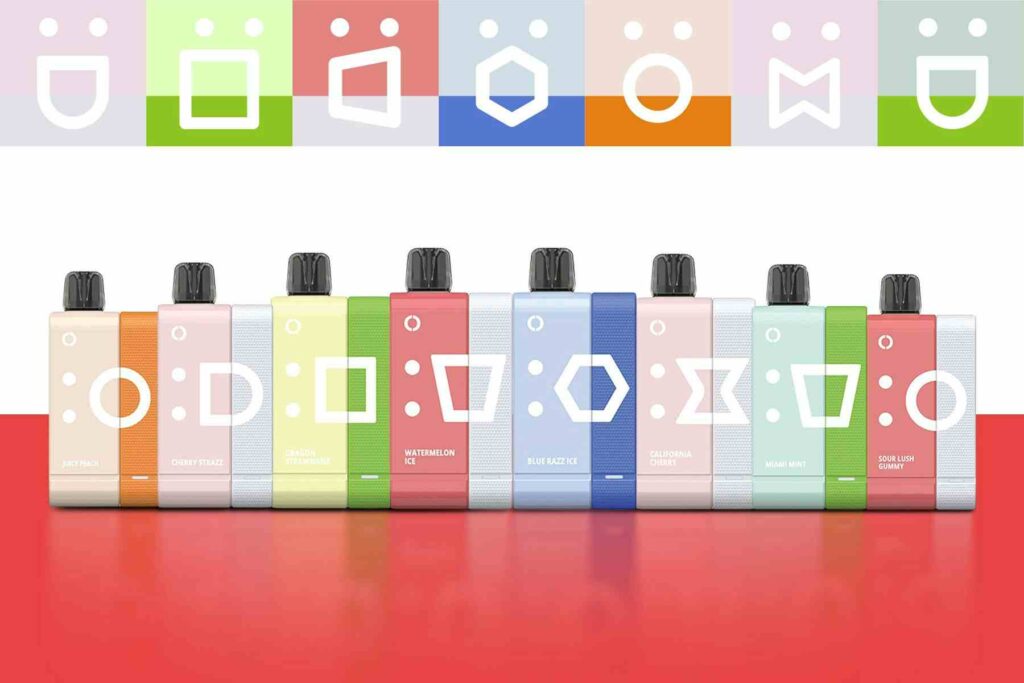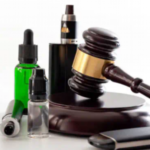Best Methods for Testing Vape Juice Consistency
As the vaping industry continues to grow, ensuring the quality and consistency of vape juice has become paramount for both manufacturers and consumers. The flavor, viscosity, and overall user experience can vary significantly between batches, making it crucial to establish effective testing methods. This article explores the best practices for testing vape juice consistency to ensure that every puff delivers the expected satisfaction.
Understanding Vape Juice Components
Before diving into testing methodologies, it is essential to understand the primary components of vape juice, which typically include propylene glycol (PG), vegetable glycerin (VG), flavorings, and nicotine. These ingredients contribute to the consistency and quality of the final product. Any variation in these components can affect not just the flavor but also the viscosity and throat hit, making consistency testing vital for manufacturers.
The Importance of Consistency Testing
Maintaining consistency in vape juice is crucial for both brand loyalty and customer satisfaction. Variations can lead to negative reviews, loss of clientele, and, ultimately, damages to the brand’s reputation. Therefore, implementing rigorous testing methods is essential for ensuring that every batch meets the standards set by both the manufacturer and the regulatory bodies. By validating these attributes, companies can assure users of a reliable and pleasurable experience with every bottle.
Physical Tests for Consistency
One of the most straightforward methods for assessing vape juice consistency is through physical properties. These tests can include:
- Viscosity Testing: Measuring the thickness of the vape juice can indicate its overall quality. A viscometer can provide precise readings, ensuring that the blend of PG and VG is as intended.
- Color Examination: Consistent color can reflect the quality of flavorings used. Any significant change between batches may signal the need for a detailed investigation.
Chemical Analysis Techniques

For a more in-depth analysis, chemical testing can uncover inconsistencies that may not be evident through physical observation. Techniques such as gas chromatography (GC) are frequently used to separate and measure compounds within the vape juice. This method allows manufacturers to:
- Identify the concentration of nicotine and flavor components to ensure they align with specifications.
- Detect the presence of any unwanted chemicals or contaminants that could compromise safety.
Example of Vape Juice Component Analysis
| Component | Batch 1 (%) | Batch 2 (%) | Variance (%) |
|---|---|---|---|
| Nicotine | 3.0 | 2.9 | 0.1 |
| PG | 40 | 42 | 2 |
| VG | 57 | 55 | 2 |
Flavor Consistency Assessment
Flavor is perhaps the most subjective aspect of vape juice, but it can still be tested effectively. A common approach involves conducting tasting panels where experienced vapers assess different batches for flavor accuracy. Additionally, using standardized flavor profiles can help in aligning new batches with existing ones. Using sensory analysis ensures that each flavor maintains its integrity through various production runs.
Using Customer Feedback for Consistency Checks
Incorporating customer feedback is another practical approach to assessing vape juice consistency. Manufacturers can gather data through surveys or online reviews, focusing on aspects like flavor accuracy, throat hit, and overall satisfaction. Fed back into the production process, this information can help refine methods and regulations, ensuring that the final product stays true to customer expectations.
Implementing Quality Control Measures
Finally, establishing a robust quality control (QC) framework is crucial for maintaining consistency in vape juice production. This includes regular batches testing, stringent record-keeping, and continual evaluations of raw materials. Implementing ISO standards or Good Manufacturing Practices (GMP) can ensure that each step of the production process is documented and followed, minimizing the risk of inconsistencies.
“`
This article presents an overview of the methods for ensuring vape juice consistency, touching upon physical, chemical, and sensory analysis techniques, alongside the importance of customer feedback and quality control measures.





